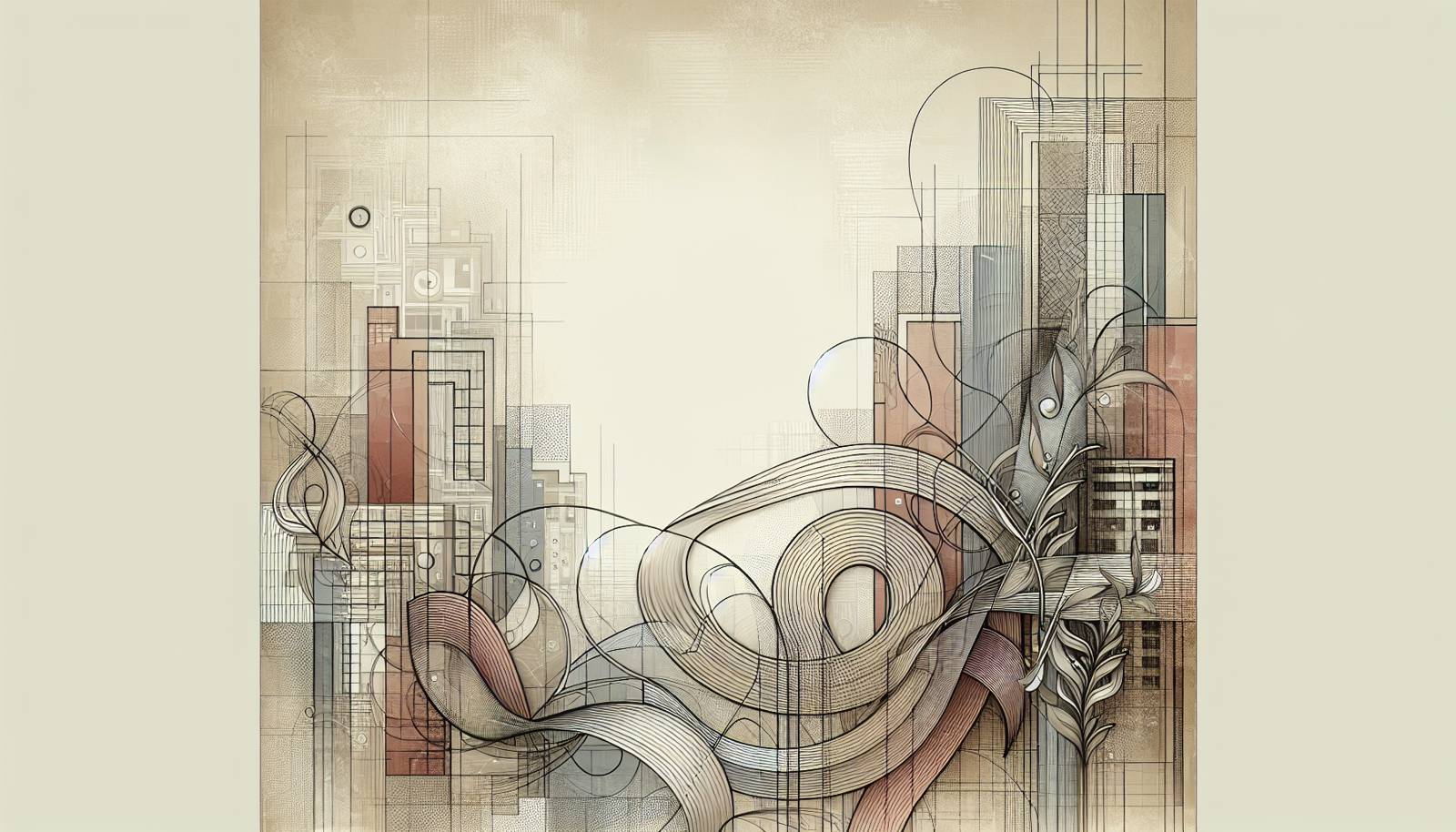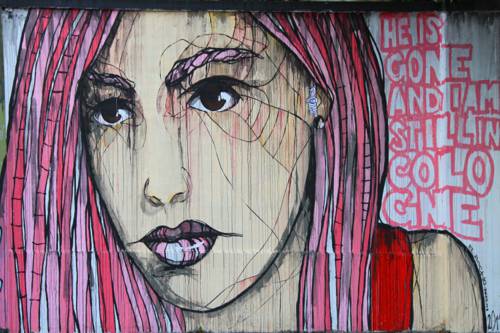
FAQ About The Role of Typographic Art in Urban Identity

What is typographic art?
Typographic art refers to the use of text and font as a medium to create visual art pieces. These can range from traditional print to digital media and encompass various forms including posters, installations, graffiti, and sculptures found in public and urban spaces. Typography in art focuses on the aesthetics of text as well as its ability to convey meaning and provoke thought or emotion.

How does typographic art contribute to urban identity?
Typographic art contributes to urban identity by providing a unique visual character to a city's landscape. Installations often reflect the history, culture, and socio-political climate of the area, helping to engage the community and tourists alike. These artworks become landmarks that can embody the spirit of a place, influencing how it is perceived both by its residents and outsiders.

Can you provide examples of cities known for their typographic art?
Cities like New York, London, and Berlin are renowned for their vibrant typographic art scenes. In New York, the iconic "I ♥ NY" logo is a classic example. London is famous for its diverse street art which often incorporates text, like on Brick Lane. Berlin’s history is narrated through its text-based murals and installations that reflect its cultural and political landscape.

What are some famous typographic installations?
Famous typographic installations include the "LOVE" sculpture by Robert Indiana, initially showcased in New York City. Another example is the "Hope" poster by Shepard Fairey, which became emblematic during the 2008 U.S. Presidential election. These installations often extend beyond their initial locations to become globally recognized symbols.

Why is typographic art important in urban spaces?
Typographic art is important in urban spaces because it adds a layer of meaning and commentary to the urban experience. It can engage viewers, promote reflection or dialogue, and enhance the aesthetic appeal of otherwise ordinary spots. Moreover, it can serve as an accessible form of public art that bridges the gap between artists and the community.

How do typographic art installations affect local communities?
Typographic art installations can significantly influence local communities by fostering a sense of pride and ownership in public spaces. They often become interactive points of engagement where people can gather, take photos, and create shared experiences. These installations may also raise awareness on local issues or celebrate cultural heritages, thus strengthening communal bonds.

In what ways can typographic art in cities be functional?
Beyond its aesthetic value, typographic art can serve functional purposes by providing information, directions, or enhancing wayfinding in urban settings. For instance, stylish street signs or signage on public buildings can improve navigation while also contributing to the visual identity of a city.

What role does technology play in modern typographic art?
Technology has expanded the possibilities for typographic art through digital installations, projection mapping, and interactive displays. Artists can now incorporate motion, sound, and user interaction in their works, making them more dynamic and engaging. This makes typographic art more adaptable to changing urban environments and audiences’ preferences.

How do cities decide on the placement of typographic art?
The placement of typographic art in cities is often a collaborative decision involving urban planners, city councils, cultural committees, and the artists themselves. Considerations include the visibility, accessibility, thematic appropriateness with the local culture, and potential impact on pedestrian traffic and the surrounding environment.

What distinguishes typographic art from graffiti?
While both typographic art and graffiti may use text, they differ in approach and legality. Typographic art is often planned and sanctioned by local authorities or created with permission, focusing on design aesthetics and thematic messages. Graffiti, on the other hand, is usually unsanctioned, often spontaneous, and can carry different connotations related to rebellion and street culture.

Are there challenges associated with typographic art installations?
Challenges with typographic art installations include funding, maintenance, and potential vandalism. Artworks require regular upkeep to preserve their visual impact, which can be costly. Furthermore, gaining approval for such projects can be complex, requiring negotiation with multiple stakeholders in the city.

How does typographic art influence tourism in urban areas?
Typographic art can boost tourism by turning urban areas into cultural destinations. Iconic installations attract art enthusiasts and photographers, creating opportunities for city branding and marketing campaigns. This influx of visitors can stimulate local businesses and contribute to the economic vitality of the region.

What materials are commonly used in typographic installations?
Common materials in typographic installations include metal, wood, vinyl, and digital mediums. Durable materials are selected depending on the location and longevity requirements of the installation. For temporary displays, lightweight and adaptable materials might be used, allowing for flexibility in mounting and disassembly.

Can typographic art convey political messages?
Yes, typographic art can effectively convey political messages. By employing bold and evocative text, artists can address social issues, campaign for change, or critique prevailing political situations. These installations often engage the public in dialogue and raise awareness about pertinent social justice topics.

Who are some famous typographic artists?
Some famous typographic artists include Barbara Kruger, known for her bold text and graphic design; Jenny Holzer, who uses words in visual art to provoke thought; and Shepard Fairey, whose work addresses themes of power and dissent. These artists have made significant contributions to both the art world and society at large through their compelling typographic works.

What impact does typographic art have on urban aesthetics?
Typographic art significantly enhances urban aesthetics by transforming mundane spaces into vibrant canvases. It can add color, texture, and context to urban architecture, making cities more visually engaging and stimulating. This added dimension encourages residents to view their environment with fresh eyes, often sparking renewed interest and investment in urban beautification.

How can typographic art reflect cultural diversity in cities?
Typographic art can reflect cultural diversity by incorporating multiple languages, local dialects, and culturally significant symbols within its designs. This inclusivity can celebrate the multicultural makeup of urban populations, promoting understanding and appreciation among diverse community members and visitors.

What are the environmental considerations for outdoor typographic art?
Environmental considerations for outdoor typographic art include the durability and sustainability of materials used, as well as the potential impact on local ecosystems. Artists and planners must ensure that installations don't disrupt wildlife habitats and use eco-friendly materials wherever possible. Proper planning can minimize the carbon footprint and waste associated with these artworks.

How does typographic art interact with digital and social media?
Typographic art seamlessly integrates with digital and social media platforms by providing visually striking content that is easily shareable. This interaction extends the reach of the artwork beyond its physical location, allowing for broader audience engagement. Hashtags, geotags, and social campaigns can amplify the art’s impact and contribute to digital storytelling of the urban experience.

What is the future of typographic art in urban identity?
The future of typographic art in urban identity lies in the integration of digital technology, increased interactivity, and augmented reality experiences. As cities evolve, typographic art will likely adapt to reflect changing societal values and technological advancements, continuing to play a vital role in shaping urban identities and fostering community engagement.
